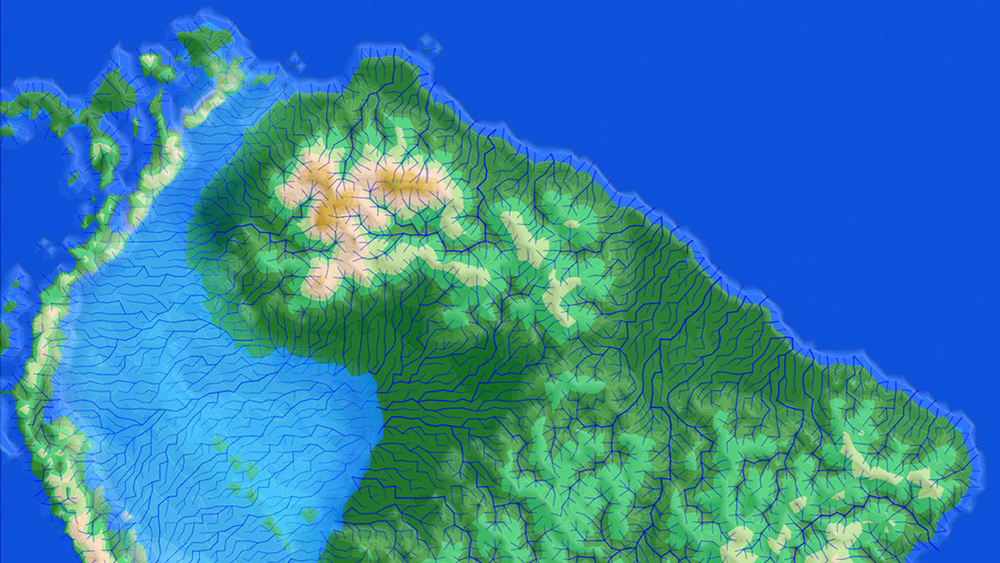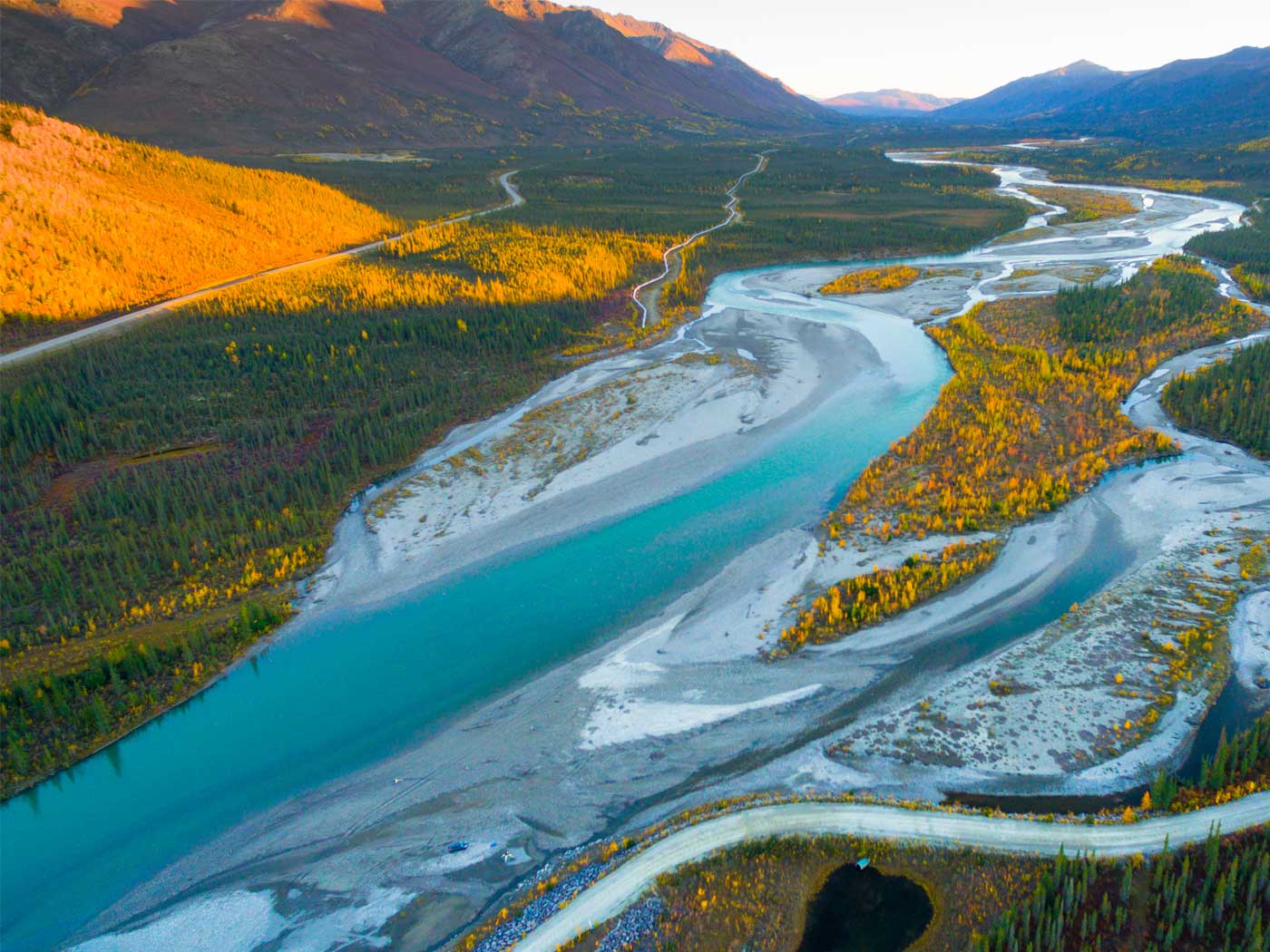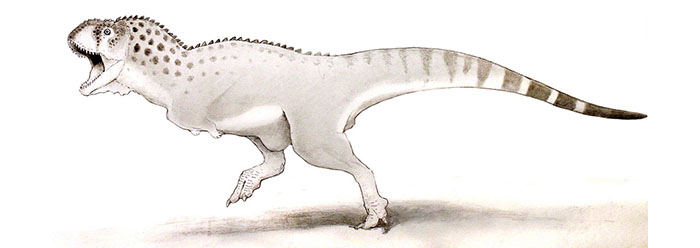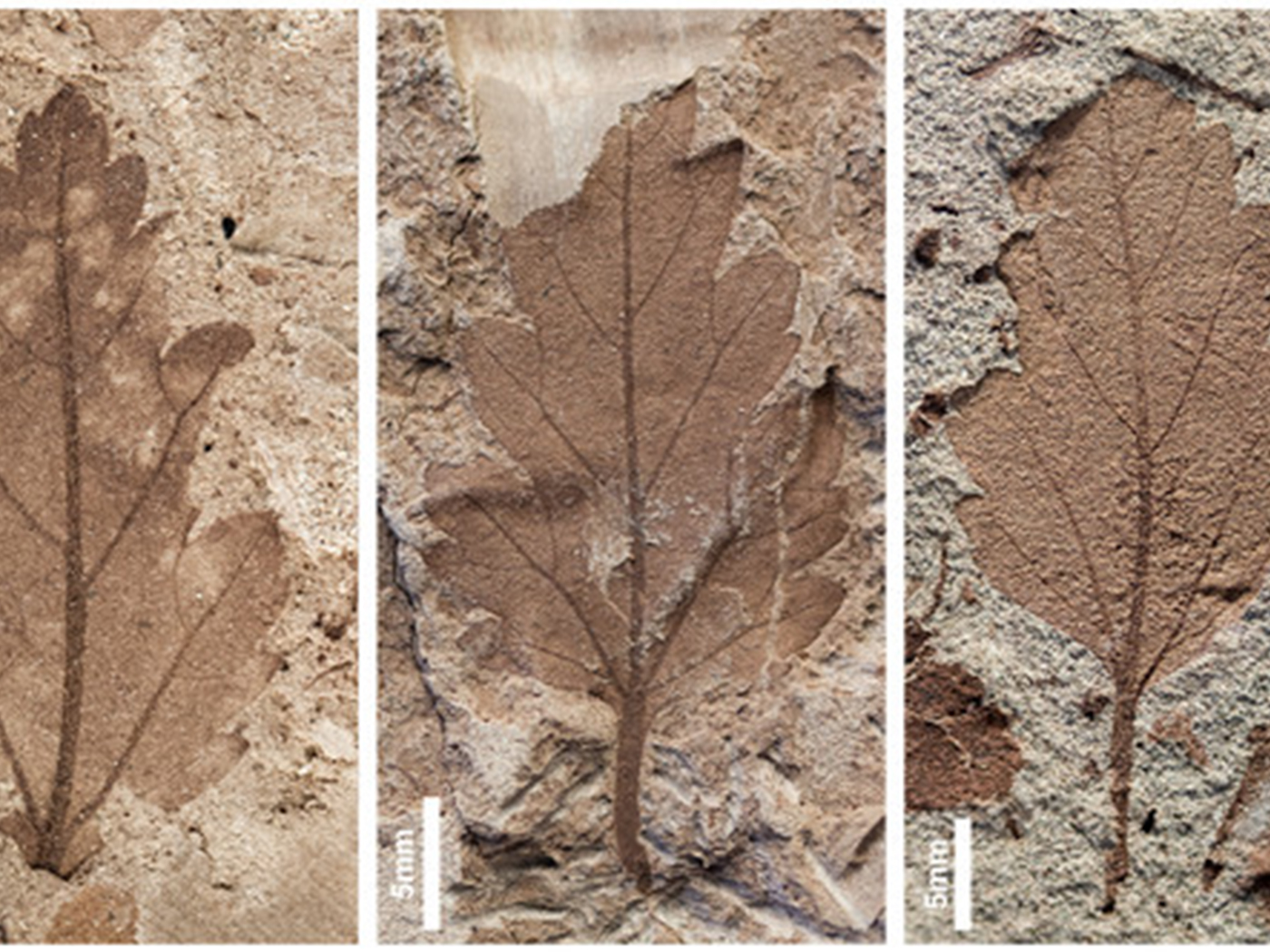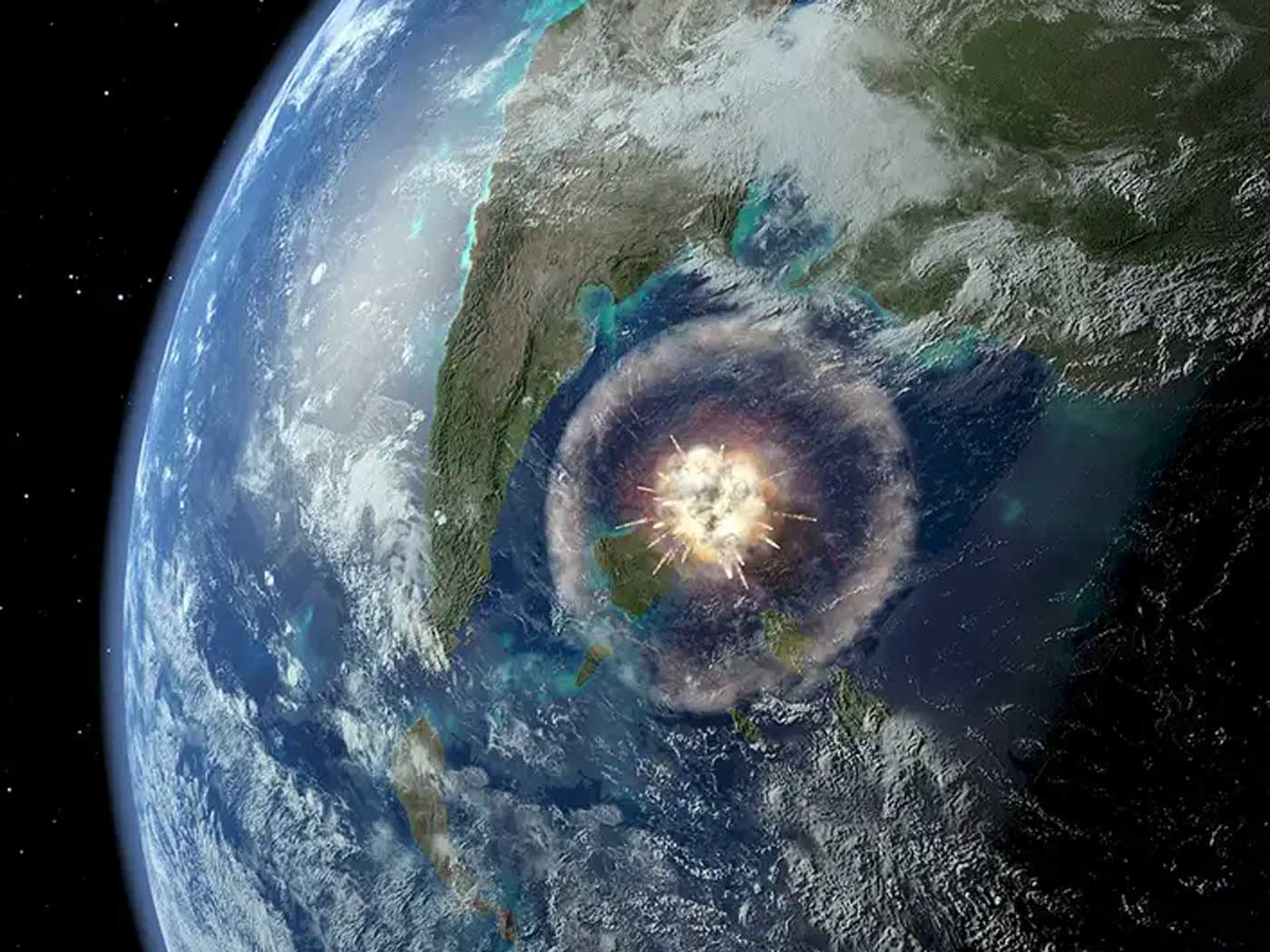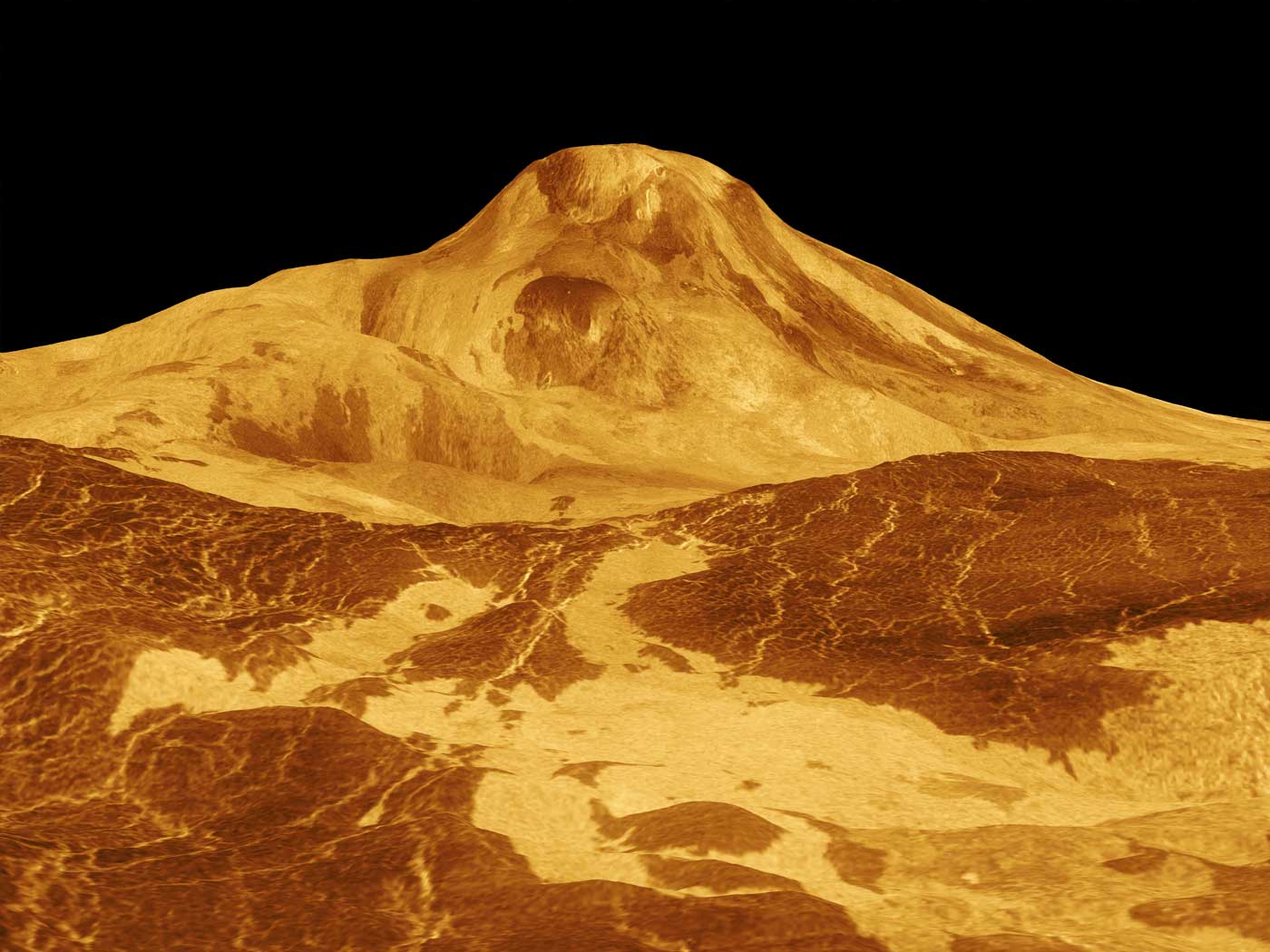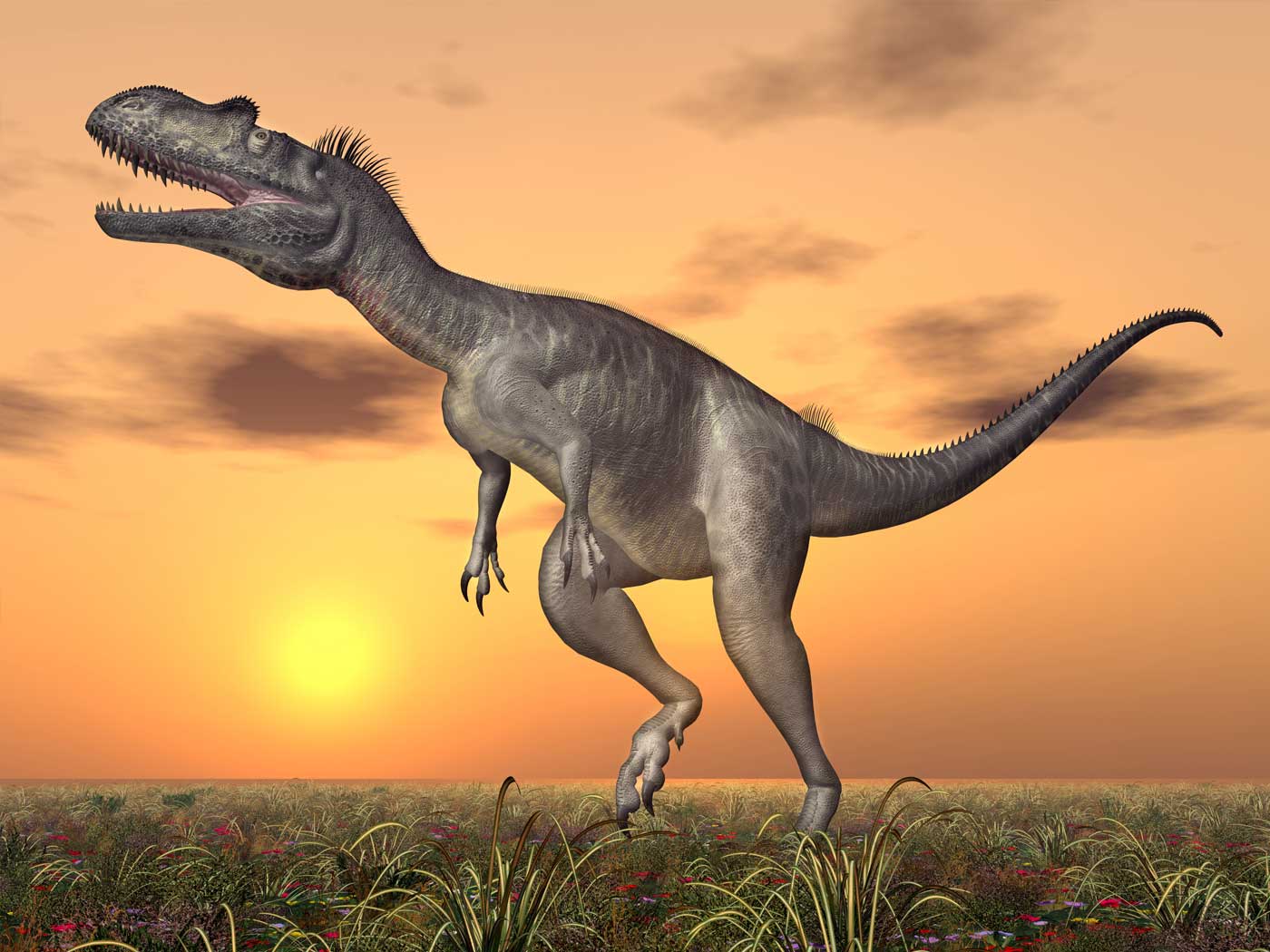The current secular view holds that the western Amazon region was once a massive wetland twice the size of Texas that was trapped east of the Andes Mountains and westernmost Brazil and spilled over to Peru and Colombia.1 But whether this area was flooded by saltwater has caused considerable debate.
The 2019 Journal of Biogeography study provides evidence showing that it was. “We find fossil mangroves and associated coastal plants in the middle of the Amazon,” said co-author Carina Hoom of the University of Amsterdam.1 Co-author Christine Baker said, “I’d say it’s pretty much a slam dunk that there were marine incursions in South America.”
In a separate 2017 study, scientists found fossilized shark teeth and marine mantis shrimp in the same Miocene sedimentary layers.3 These discoveries indicate the western Amazon was indeed flooded by saltwater during deposition of these Miocene rocks.
For the past 40 years, scientists have found a remarkable diversity of plants and animals in these Miocene rocks. The fossils seem to represent a combination of several mixed environments. showing a diversity of life not normally found together. A 2006 study reported the presence of anchovies, sharks, herring, marine invertebrates, and stingrays, supporting a saltwater origin for the rocks.4 However, other studies turned up freshwater mollusks mixed with saltwater fossils in the same layers.5
How did the Miocene rocks in the western Amazon get so species-rich? “That question, Hoom says, is the ‘overarching motive that brings us [geologists, paleontologists, ecologists] all together.’”1
For his part, [Carlos] Jaramillo [senior author of the 2017 study] envisions multiple intervals during the Miocene when the ocean surged into the western Amazon, creating a continuous inland sea. Saltwater currents would have poured in from the Caribbean in the north, where they mixed with fresh water pouring down from torrential rains. Flooding periods would have been relatively brief, however. For the majority of the epoch, the ocean receded, leaving a freshwater megawetland of interconnected lakes and snaking channels with a narrow neck to the Caribbean in the north.1
But how could the land surface so easily rise and fall during the Miocene to allow these ocean incursions? It is merely speculation at this point: the research needed to explain and verify this presumed “yo-yo-ing” of the land is currently lacking.
An alternative explanation that settles the debate and answers the questions involves the global Flood recorded in Genesis. ICR scientists interpret Miocene strata as part of the receding phase of the Flood.6-8 The Bible tells us the floodwater “receded continually” in a back-and-forth style (Genesis 8:3).9
As the Flood reached its highest level on Day 150, it swept away all types of upland plants and animals from the highest hills (Genesis 7:19), including some from freshwater environments. The Guiana and Brazilian Shields east of the study area were the closest pre-Flood uplands and likely sources for many Miocene fossils.8 Massive tsunami-like waves generated by plate movement that continued through the Tejas Megasequence (which includes the Miocene strata) carried these plants and animals to lower elevations as the water receded. Furthermore, these huge waves also transported marine plants and animals, producing a rich blend of biodiversity.8
And at the same time, the Andes Mountains were actively rising, forming a buttress to the west. This likely trapped many of these future fossils in pools of swirling water between the mountains and the pre-Flood uplands, depositing them in the Miocene rocks of western Amazonia. This explains the unusual mixture of creatures from fresh and saltwater environments we find entombed together there today. The Miocene fossil beds in western Amazonia are readily explained in the Flood model.
It’s unfortunate that the secular world has been so unwilling to consider the truth of the global Flood. This monumental catastrophe explains much of what we observe, ends debate, and provides answers. It also points to a greater truth. After all, the Bible not only records God’s one-time judgment of the world by water, but it also gives us the good news of salvation through Jesus Christ.
Stage image: Artistic rendering of sea in Amazon.
Stage image credit: Tacio Cordeiro Bicudo (University of São Paulo, São Paulo, Brazil), Victor Sacek (University of São Paulo, São Paulo, Brazil), and Lucy Reading-Ikkanda (artist). Copyright © 2021. Adapted for use in accordance with federal copyright (fair use doctrine) law. Usage by ICR does not imply endorsement of copyright holders.
References
1. McDermott, A. 2021. A sea in the Amazon. Proceedings of the National Academy of Sciences. 118 (10): e2102396118.
2. Bernal, R. et al. 2019. Could coastal plants in western Amazonia be relicts of past marine incursions? Journal of Biogeography. 46 (8): 1749-1759.
3. Jaramillo, C. et al. 2017. Miocene flooding events of western Amazonia. Science Advances. 3 (5): e1601693.
4. Lovejoy, N. R., J. S. Albert, and W. G. R. Crampton. 2006. Miocene marine incursions and marine/freshwater transitions: Evidence from Neotropical fishes. Journal of South American Earth Sciences. 21 (1-2): 5-13.
5. Wesselingh, F. P. et al. 2006. The nature of aquatic landscapes in the Miocene of western Amazonia: an integrated palaeontological and geochemical approach. Scripta Geology. 133: 363-393.
6. Tomkins, J. P. and T. Clarey. 2020. Paleontology Confirms a Late Cenozoic N-Q Flood Boundary. Acts & Facts. 49 (11): 10-13.
7. Clarey, T. 2020. Compelling Evidence for an Upper Cenozoic Flood Boundary. Acts & Facts. 49 (5): 9.
8. Clarey, T. 2020. Carved in Stone: Geological Evidence of the Worldwide Flood. Dallas, TX: Institute for Creation Research, 312-353.
9. “The Hebrew wording connotes the water motion as being ‘continual,’ yet it also denotes a directional movement that matches the English phrases ‘to and fro’ and ‘back and forth.’” Morris, J. and J. J. S. Johnson. 2012. The Draining Floodwaters: Geologic Evidence Reflects the Genesis Text. Acts & Facts. 41 (1): 12-13.
*Dr. Clarey is Research Associate at the Institute for Creation Research and earned his doctorate in geology from Western Michigan University.




